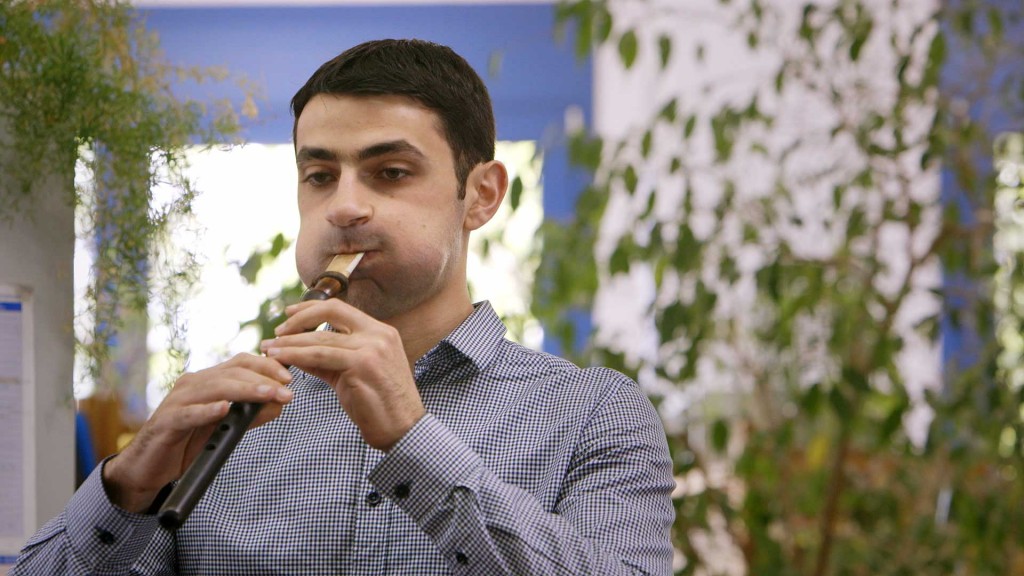Haïg Sarikouyoumdjian was born in 1985 and started to play the duduk at the age of thirteen. Studying with masters in Armenia, he got to know the techniques and the nuances of the instrument. He familiarised himself with the traditional repertoire, with the intricacies of the intervals, rhythms and ornaments, and with the modality. Following various projects from 2004 onwards, including Medjlis – a mixture of Armenian music, contemporary music and jazz – in 2009, he began playing all over the world with Jordi Savall and Hespèrion XXI.

The instrument
The duduk is the most typical instrument of Armenia, but it is also played in neighboring countries in the Caucasus, Turkey and Iran. It is an oboe, as it has a double reed, but it is cylindrical rather than conical like most oboes. It is made of apricot wood. The Latin name for apricot tree is prunus armeniaca, which means Armenian plum. It also has a large double reed made of reed (arundo donax). Traditionally, the duduk is always accompanied by another duduk that plays the drone (continuous note) using circular breathing.
The country
Armenia is a country in Western Asia covering an area of 29,000 square kilometres. The cradle of Armenian civilisation is Lake Van, now located in Turkey. It was the first state to accept Christianity in 301. Before that, the Armenian religion was the same as that of the Persian Empire (Zoroastrianism). Armenian is an Indo-European language, but it forms a separate branch of the language family. It also has its own alphabet of 38 letters. Did you know that a 7th-century Armenian mathematician, Anania of Shirak, announced eight centuries before Galileo that the Earth is round and revolves around the sun?
Food
Armenian food is very varied and differs from region to region. One of the traditional Armenian dishes is dolma. It is a vine leaf stuffed with rice and meat. This dish is found in various countries in the Middle East.
